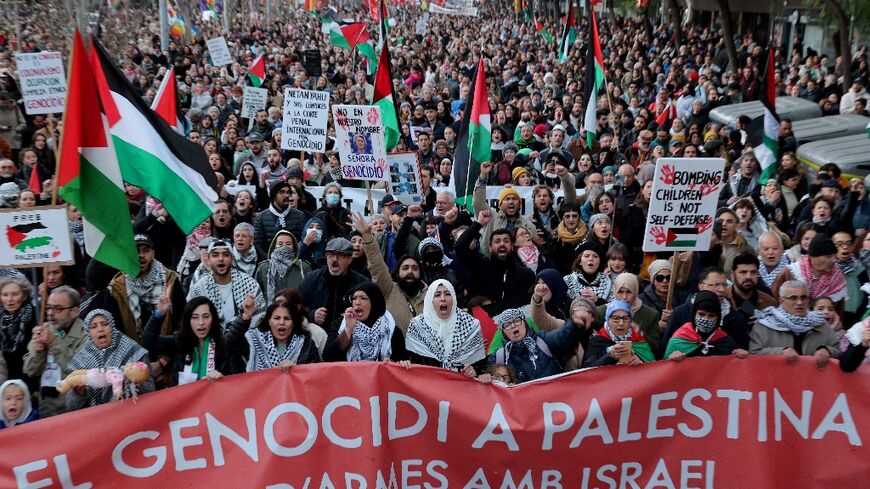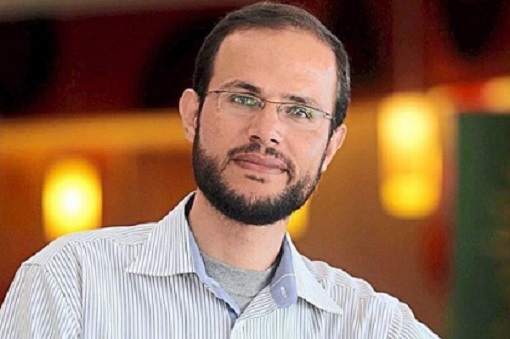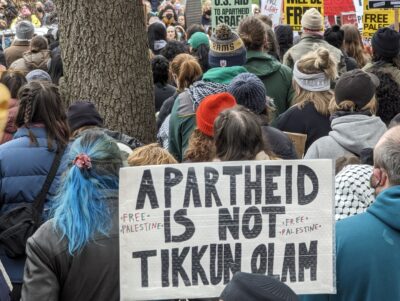Mark Klempner, at one time a Los Angeles session musician beset with a spiritual crisis, eventually decided to return to graduate school where he became interested in exploring the Dutch response to the Holocaust. His nine years of painstaking research have come to fruition with the publishing this month of The Heart Has Reasons (publication date: March 28th).

Before launching into a discussion of his masterful new work, a word is in order on the winding road that brought me to write this post.
In 1967, Mark and I happened to apply, and be accepted to crew on Pete Seeger’s new Hudson River sloop Clearwater. For me, it was one of the most memorable week’s of my life. Until that time I’d never spent any length of time sailing. I’d never been on the Hudson River before though I had a deep and abiding love for the River. That week, I discovered the bracing night air on the river while singing on the Clearwater’s deck. I also enjoyed immensely Mark’s wonderful guitar-playing. Musicians, especially good ones, are charismatic individuals. And despite Mark’s shyness, I was drawn to his beautiful playing and serene temperament. I only regret that after the week was over we went our separate ways and never spoke to each other again.
 Mark Klempner, author of The Heart Has Reasons (photo: John Dessarzin)
Mark Klempner, author of The Heart Has Reasons (photo: John Dessarzin)Some time ago, I wrote Honoring Righteous Gentiles here which dealt with my experience promoting Saul Rubinek’s powerful Holocaust documentary, So Many Miracles, about his parents whose lives were saved by Polish farmers during the Holocaust. Rubinek hoped his film would be nominated for an Academy Award and I was hired by Josh Baran to promote it within the Los Angeles Jewish community. Alas, all my good efforts went for naught as the film was not nominated.
Mark wrote me an e mail when he found my post and so began a correspondence which took us back in time and place to those days on the River in 1967. Now, it gives me great pleasure to let my readers know about this extraordinary book (this comes from his website):
In 1996, Mark Klempner sought out some of the last surviving Dutch rescuers of Jewish children to better understand how and why they made their courageous choices. Inspired by their willingness to risk everything to help others during the war, he became deeply interested in what the rescuers have done with their lives since, and where their moral compasses point today.
What emerges is both a window to the past and a vision for the future. If the rescuers could remain committed to making a difference while under the boot of the Nazi regime, we surely have something to learn from them about taking a stand against injustices, about maintaining an open heart, and about not giving in or giving up. Framed by Klempner’s quest for meaning, their words resonate across generations, providing insightful guidance as to how people of conscience can navigate ethically in an increasingly complex world.
In an interview at his site, Klempner talks about what he thinks is unique in his perspective on the Dutch Holocaust rescuers. He focusses on the radicalism of Miep Gies’ decision to shelter Anne Frank and her family:
To do what she did, Miep had to ignore the voices of the reasonable people in society. And, most of all, she chose to directly defy the Nazis, which meant courting a death sentence. That goes way beyond “nice.”
In writing my book, I wanted to uncover these deeper and most radical aspects to the rescuers’ personalities. And so, I talked with and tried to get to know them. And I kept on talking with them, and kept on getting to know them, and by the time I finished the book, nine years had gone by. When I write about who they are as people, and what they believe in and live for, it’s based on the intimacy that developed over that period of time.
Along the way, I discovered that they hold strong convictions about contemporary issues, and in my book, I wanted to include their sometimes provocative views. I figured that if the rescuers’ moral compasses pointed so unfailingly toward what was morally right during the Nazi years, we ought to be interested in what they have to say about the problems facing us today—and what they think some solutions to those problems might be.
Let’s close with this memorable passage from Kees Veenstra, one of the ten Dutch Righteous Gentiles featured in the book:
“The war was a terrible time—horrible things happened then. And yet, and yet . . . often I think the war was the best part of my life. You could be useful, you could save people, you could do things. And people were glad with anything they got: food, shelter. And now we are well fed and well housed, and not content. Everybody takes everything they have for granted—even my own children. And I know that life isn’t always that way. It can be quite different. Of course, it’s ridiculous to say that the war was a great time—I wept during that time—but still . . . something happened. It was quite clear what was good and it was quite clear what was bad. You had to do the good things.”
You may read an excerpt from the book at Mark’s website.
I have also published here an oral history of Malvina Schwartz, an Auschwitz survivor, which was first published in the Los Angeles Times in 1977.







